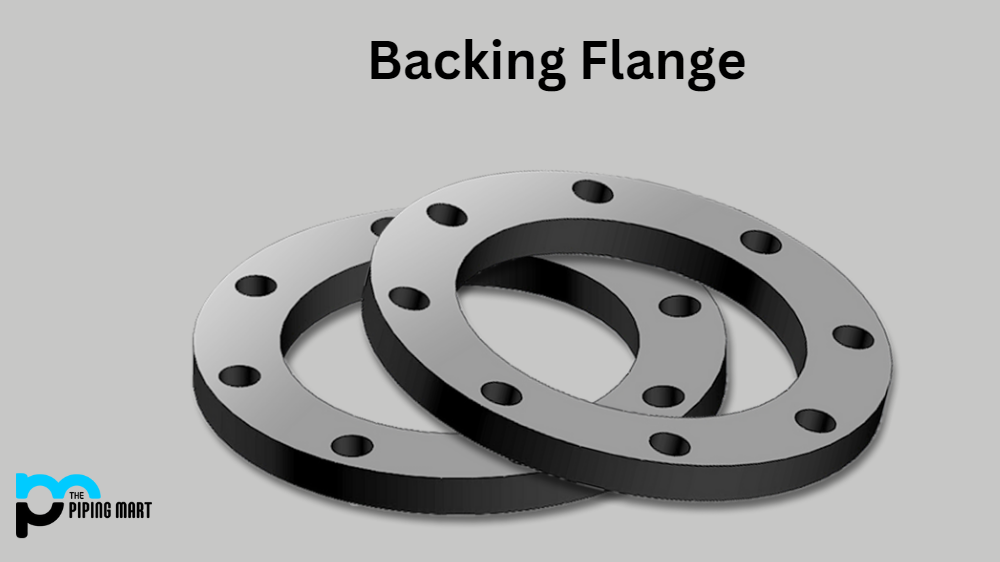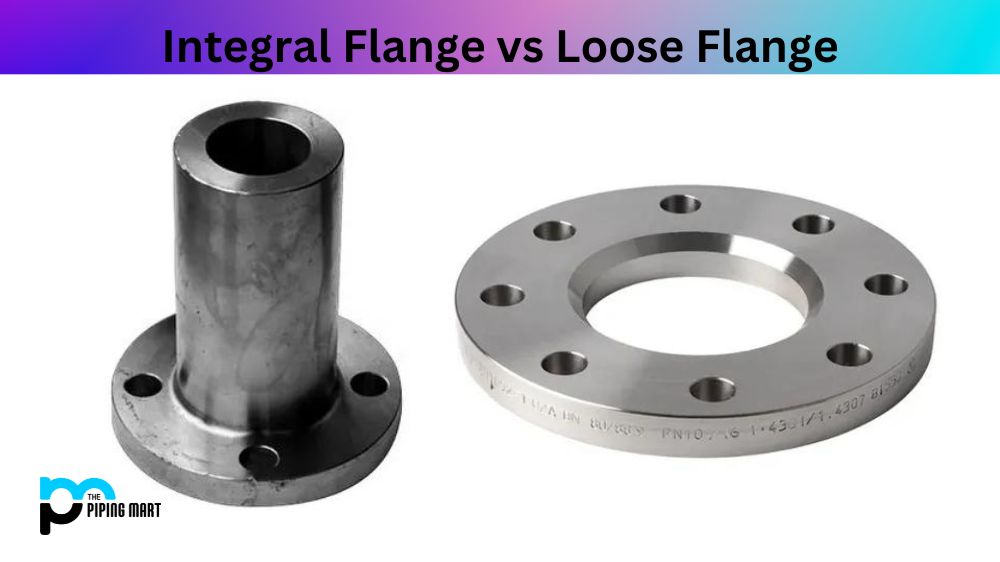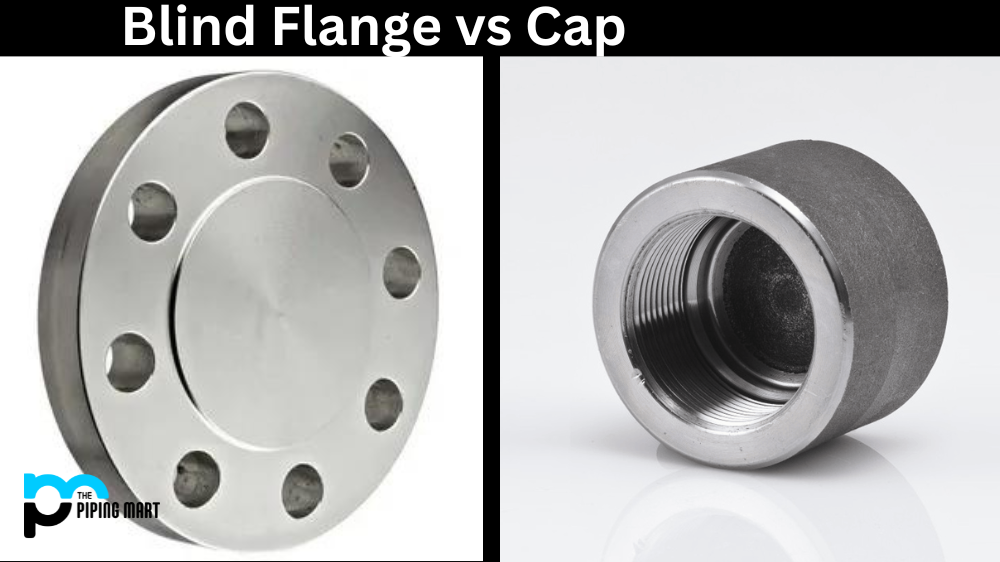Flanges are critical in providing a safe, efficient, and reliable piping system. They connect pipes, valves, pumps, and other equipment in the pipeline industry. A wide range of flanges are available, each designed for specific purposes. Socket Weld Flange (SW) and Lap Joint Flanges (LJF) are two flanges used in many applications. This blog post will delve into the differences between these two flange types and explain which is best for your application.
Socket Weld Flange
Socket Weld Flange is a type of flange which uses a socket weld as the connection method to join two lengths of pipes together. The process involves inserting the ends of both pipes into open sockets and applying pressure or heat to form a strong connection. Socket Weld flanges are ideal for low-pressure air and gas applications but can also be used in higher-pressure systems where welding or threading is impractical.
Lap Joint Flanges
Lap Joint Flanges are pipe fittings that attach two pipes and provide an access opening to inspect or modify a piping system. This type of flange connects components in a piping system by using lap joints, which are bolted to each other to form a secure joint. It is used where frequent dismantling is required, and the flange can be readily removed without affecting the rest of the system.
Difference Between Socket Weld Flange and Lap Joint Flanges
Purpose
One of the differences between Socket Weld Flange and Lap Joint Flanges is their purpose. The Socket Weld Flange is used in high-pressure applications where the pressure loading is mainly present on the weld, not the flange. On the other hand, Lap Joint Flanges are used in applications where frequent dismantling is required. They are often used when space limitations prevent the use of a full-length weld neck flange.
Design and Construction
Design and construction are also different for the two types of flanges. Socket Weld Flanges consist of a socket welded to the pipe end but not to the flange. The flange is slipped over the pipe end and then welded to it. Lap Joint Flanges consist of two parts: the backing flange, which is bolted to the pipe, and the loose sleeve, which is placed over the pipe and the backing flange. The flange is then free to rotate around the sleeve, allowing easy assembly and alignment.
Cost and Availability
The cost and availability are other important factors when choosing between the two flange types. Lap Joint Flanges are generally less costly and more available than Socket Weld Flanges. The fabrication and installation of Socket Weld Flanges are often more time-consuming and require more skilled labour, increasing the cost. Lap Joint Flanges are convenient for applications where disassembly is required regularly for inspection or cleaning.
Pressure Ratings
The pressure rating is the maximum amount of pressure the flange can withstand without failure. The Socket Weld Flange has a higher pressure rating than Lap Joint Flanges. This is because the load is mainly placed on the weld, whereas the strength of its sleeve limits the Lap Joint Flange. Socket Weld Flanges are recommended for high-pressure applications, while Lap Joint Flanges are suitable for low-pressure applications.
Use Case
The final factor to take into consideration is where the flange is going to be used. If you need frequent de-assembly for maintenance and inspection, Lap Joint Flanges are the way to go. On the other hand, the Socket Weld Flange is the better choice if you need a flange that can withstand high-pressure environments.
Conclusion:
In summary, the choice between Socket Weld Flanges and Lap Joint Flanges depends on the application’s requirements and limitations. Socket Weld Flanges are suitable for high-pressure applications, while Lap Joint Flanges are ideal where frequent disassembly for maintenance is required. Moreover, cost and availability is also one of the factors to consider. We hope that you have gained a better understanding of the differences between these two flange types, and it will help you make an informed decision when selecting the right flange for your specific application.

A passionate metal industry expert and blogger. With over 5 years of experience in the field, Palak brings a wealth of knowledge and insight to her writing. Whether discussing the latest trends in the metal industry or sharing tips, she is dedicated to helping others succeed in the metal industry.




